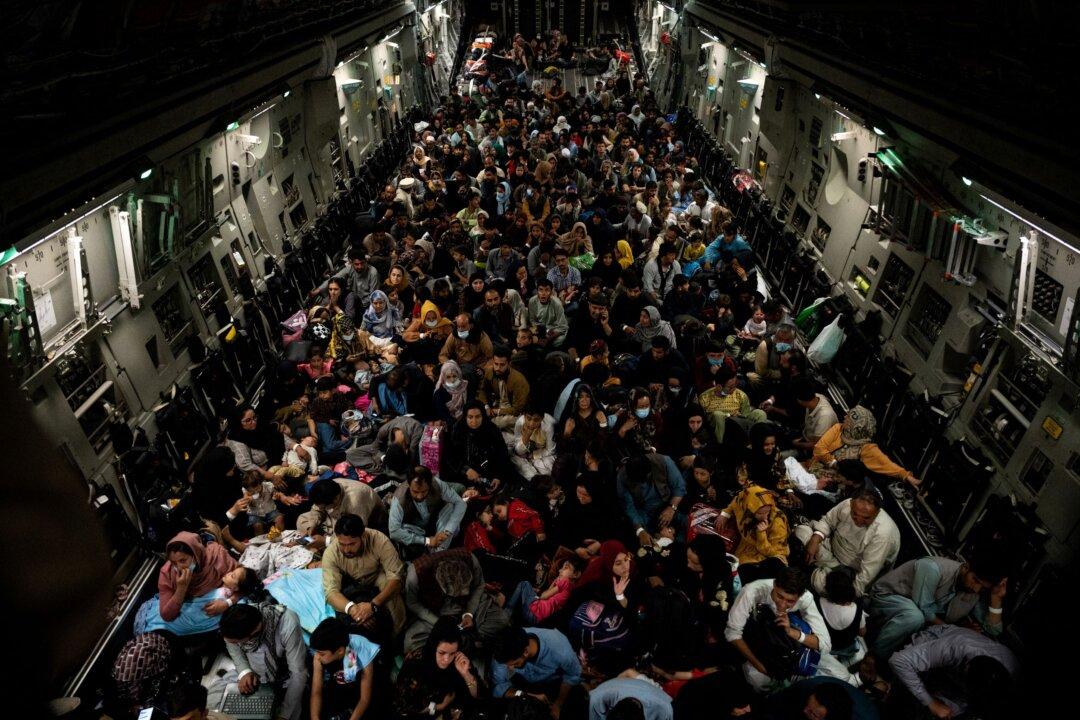Prime Minister Anthony Albanese says an increase in Australia’s humanitarian intake is part of being a “responsible” country.
The number of resettlements under the nation’s humanitarian program will rise from 17,875 to 20,000 people each year.

Prime Minister Anthony Albanese says an increase in Australia’s humanitarian intake is part of being a “responsible” country.
The number of resettlements under the nation’s humanitarian program will rise from 17,875 to 20,000 people each year.